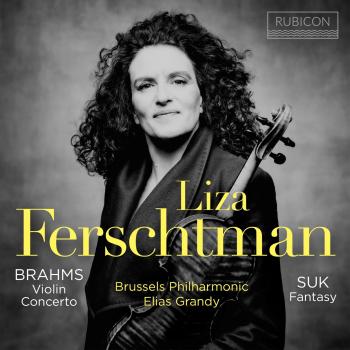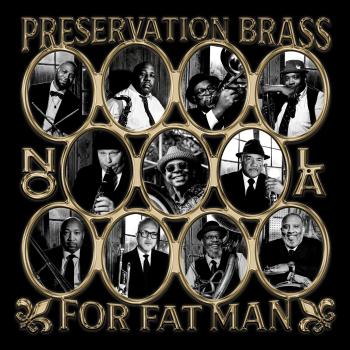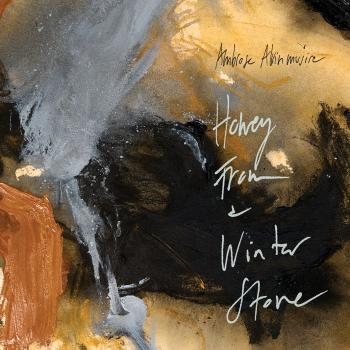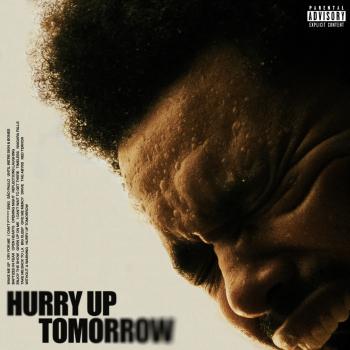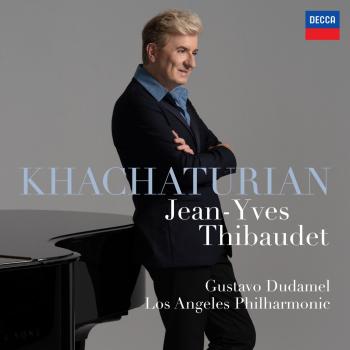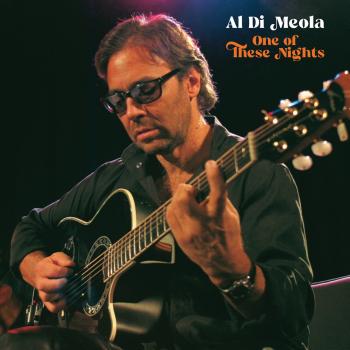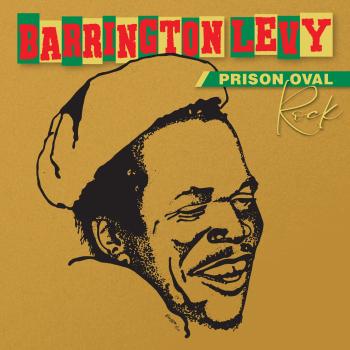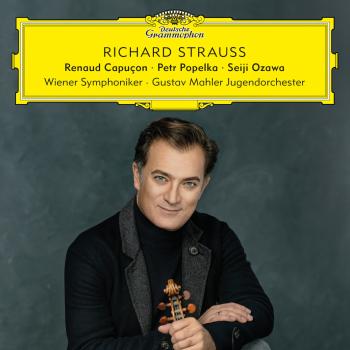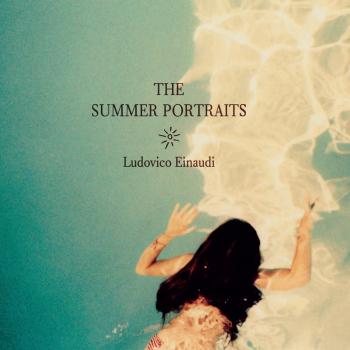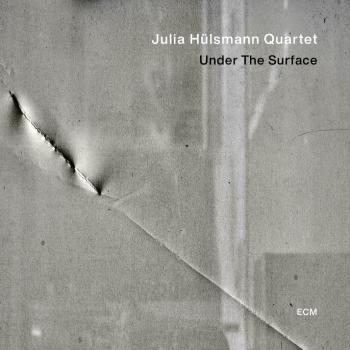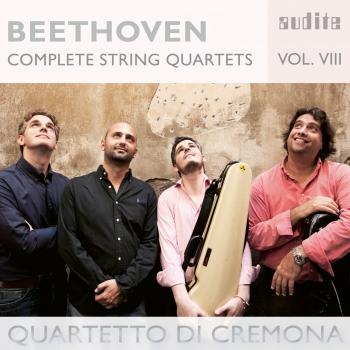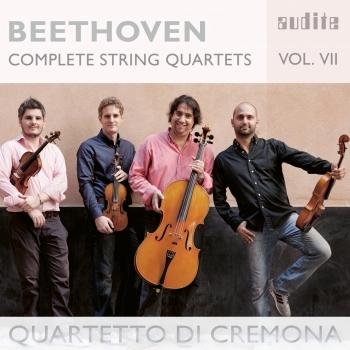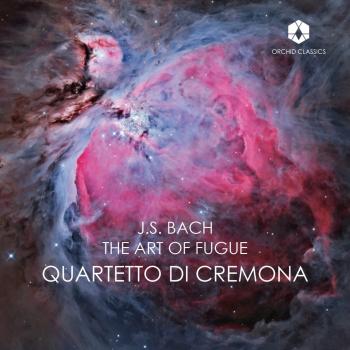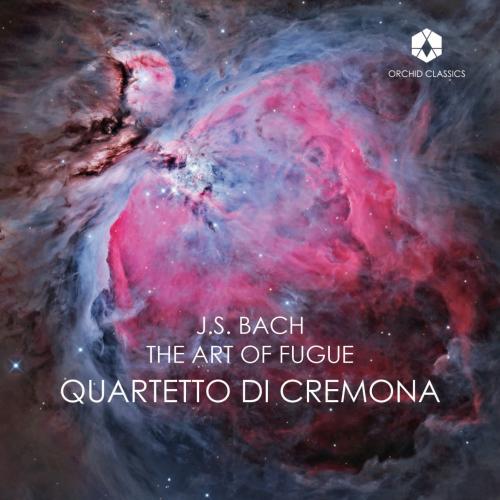
J.S. Bach: The Art of Fugue, BWV 1080 Quartetto di Cremona
Album info
Album-Release:
2024
HRA-Release:
01.11.2024
Label: Orchid Classics
Genre: Classical
Subgenre: Chamber Music
Artist: Quartetto di Cremona
Composer: Johann Sebastian Bach (1685-1750)
Album including Album cover
- Johann Sebastian Bach (1685 - 1750): The Art of Fugue, BWV 1080:
- 1 Bach: The Art of Fugue, BWV 1080: Contrapunctus I 02:56
- 2 Bach: The Art of Fugue, BWV 1080: Contrapunctus II 02:22
- 3 Bach: The Art of Fugue, BWV 1080: Contrapunctus III 02:52
- 4 Bach: The Art of Fugue, BWV 1080: Contrapunctus IV 03:21
- 5 Bach: The Art of Fugue, BWV 1080: Canon per augmentationem in contrario motu 06:05
- 6 Bach: The Art of Fugue, BWV 1080: Contrapunctus V 04:30
- 7 Bach: The Art of Fugue, BWV 1080: Contrapunctus VI à 4 in stylo francese 04:06
- 8 Bach: The Art of Fugue, BWV 1080: Canon in hypodiatesseron al roverscio e per augmentationem 04:56
- 9 Bach: The Art of Fugue, BWV 1080: Contrapunctus VII à 4 per augmentationem et diminutionem 04:55
- 10 Bach: The Art of Fugue, BWV 1080: Contrapunctus VIII à 3 04:43
- 11 Bach: The Art of Fugue, BWV 1080: Canon alla ottava 02:28
- 12 Bach: The Art of Fugue, BWV 1080: Contrapunctus IX à 4 alla duodecima 02:12
- 13 Bach: The Art of Fugue, BWV 1080: Contrapunctus X à 4 alla decima 03:57
- 14 Bach: The Art of Fugue, BWV 1080: Contrapunctus XI à 4 04:38
- 15 Bach: The Art of Fugue, BWV 1080: Canon alla decima (1) 04:48
- 16 Bach: The Art of Fugue, BWV 1080: Contrapunctus inversus XII à 4 02:08
- 17 Bach: The Art of Fugue, BWV 1080: Canon duodecima 02:53
- 18 Bach: The Art of Fugue, BWV 1080: Contrapunctus inversus XIIIa à 3 02:03
- 19 Bach: The Art of Fugue, BWV 1080: Contrapunctus inversus XIIIb à 3 02:08
- 20 Bach: The Art of Fugue, BWV 1080: Canon alla decima (2) 02:08
- 21 Bach: The Art of Fugue, BWV 1080: Contrapunctus XVIII 06:37
Info for J.S. Bach: The Art of Fugue, BWV 1080
Most classical music lovers know – or at least know of – J.S. Bach’s The Art of Fugue. It’s sometimes described as the composer’s greatest creation, and spoken about in terms of its mathematical beauty, purity of musical thought, and thematic complexity. But strikingly, none of these descriptions tell us very much about what the music actually sounds like – or indeed what The Art of Fugue is, and who it’s for.
In 1742, the year of his fifty-seventh birthday, Bach made neat copies of twelve fugues and two canons. There was not yet a title to the set, and sketches suggest that these pieces were written first as a keyboard score, everything squashed onto two staves. Over the next few years Bach revised, expanded and added to this collection – and by the later 1740s he added a title to the newly-shaped volume: ‘Die Kunst der Fuge’. Now the music was written out not on two staves, to be grasped by a keyboardist’s hands, but on four: these were exercises in complex counterpoint, various ‘voices’ imitating and exchanging musical ideas, and so each voice was granted its own line. Bach oversaw publication proofs of the opus towards the very end of his life, but he didn’t live to see the whole in print. In 1751, the year after his death, Bach’s son Carl Philipp Emanuel advertised the published score via subscription – but it sold so badly that he was eventually forced to withdraw the edition. The copper engraver’s plates were worth more as metal than as music, and even a new edition with a magnificently PR-savvy introduction by the composer Friedrich Wilhelm Marpurg failed to drum up much trade.
So what is the purpose of this mysterious sequence of ‘contrapuncti?’. Broadly speaking, The Art of Fugue is a wordless instruction manual, a virtuosic demonstration of how to write counterpoint of different kinds. Bach uses a single theme in a single key and puts it through a series of increasingly complicated permutations: the theme is turned upside down, back to front, the note lengths halved or doubled, extra themes are added, and so on. Four canons sit alongside thirteen fugues that Bach labels ‘Contrapunctus’ in each case (hinting that the techniques he has applied can be used for any kind of counterpoint scenario, not just strict fugues). The final number, ‘Fugue with 3 subjects’, is unfinished, but incorporates Bach’s surname spelled out in German note names: B [B flat] – A – C – H [B natural].
All of which is fascinating and musically rich, of course… but what does this mean for performers wishing to turn this ingenious instruction book into a concert or a recording? When they decided to feature Bach’s work as part of their 25th anniversary celebrations, the Quartetto di Cremona had to give this some serious thought. ‘An audience could get bored,’ acknowledges Cristiano Gualco, the quartet’s leader. ‘Always the same sound, the same tonality, the same material – and so we realised we had to play it in a way in which the sound is really changing throughout.’ The solution came about in part through necessity. Since the Art of Fugue wasn’t written with a string quartet in mind, the inner lines in several of the movements go beyond the ranges of the second violin and viola. The solution? ‘Paolo, our second violinist, learned viola for these movements, and Simone, who plays the viola, had a tenor viola made. I knew also that Simone played the recorder very well.’ So rather than performing with just four instruments, the quartet uses seven instruments in total across the piece. And, Cristiano smiles, ‘as a coup de theatre we leave the instruments onstage before we come on for a concert. Sometimes we even hide the recorder.’
The impact of having such timbral variety is striking – as is the astonishing variety of sounds that the players conjure from their instruments. Contrapunctus I is mellow and broad; later numbers are pointed and bouncing; one (Contrapunctus V) is made to sound like a pipe organ. Cristiano talks about the ensemble’s experiments with conjuring the sounds of woodwind instruments, voices, and even playing ‘as if with mutes’ without actually using the devices. When the traditional quartet middle voices are replaced by viola and tenor viola (which has a lower-pitched set of strings than a standard viola), the overall sound becomes darker and creamier; by contrast, Simone Grammaglia’s recorder playing brings the quality of bright birdsong to the Canone all’ottava (the lines one octave apart), and a smooth melancholy to the Canone alla decima in contrapuncto alla terza (the players a tenth apart, before Bach turns one line upside-down for the second half of the movement).
‘If you study Bach as a child,’ Cristiano reflects, ‘you come to think it’s very strict. But actually there’s a lot of freedom. This became apparent too from speaking to many excellent Baroque specialists: there is space to find your own tempo, dynamics, articulation.’ The scores of these pieces, in other words, are satisfyingly blank in their four-voice form, and the quartet were able to bring their ideas to bear on a phrase-by-phrase level. This, in combination with their instrumental flexibility, allowed them to think about how best to shape the whole for listeners. ‘We tried to make it more captivating, let’s say.’ The Contrapuncti appear in the order printed in the first edition of 1751: indeed, Bach’s sequence includes a dazzling array of different rhythms and meters that allow for varied moods and tempi. The four Canons in the collection have then been split up and spread out by the quartet to ensure variety. ‘If you listen from the beginning to the end of the disc,’ Cristiano promises, ‘there should be a little story, is the idea.’
And that story is present, in a slightly different form, on the cover of the album: a photograph of the Great Orion Nebula taken by Cristiano, who spent much of the 2020 Covid pandemic learning the art and science of astrophotography. ‘In the Great Orion Nebula, so many things have happened and are happening, starting from chaos and finding order and returning to chaos. This constant metamorphosis is very much like our experience in The Art of Fugue, counterpoint after counterpoint. Some of them are simple, some so complicated that playing them we have the feeling that we got lost. But even in those cases the music resolves itself towards perfection and intelligibility.’ (Katy Hamilton)
Cristiano Gualco, violin
Paolo Andreoli, violin
Simone Gramaglia, viola
Giovanni Scaglione, cello
Quartetto di Cremona
Internationally renowned for their "extremely mature and lyrical sound" (Strad), the Quartetto di Cremona now graces the stages of the most prestigious venues. Their focus and intensity brings life to music from the “tight blend and immaculate voicing” of their Brahms to the “sleek and elegant” dynamic countouring of their Mozart (Strad). The Quartetto di Cremona’s dedication to their work as a string quartet shows through their music.
The Quartetto di Cremona formed in 2000 at the Stauffer Academy in Cremona and continued their studies with Hatto Beyerle. In 2005 the Quartetto di Cremona received a Borletti-Buitoni Trust Fellowship.
Building on their early successes, the Quartetto di Cremona has played to critical acclaim at the most important venues and festivals in Europe including at the Beethoven Haus and BeethovenFest Bonn, Konzerthaus (Berlin), Klara Festival (Brussels), Mecklenberg Vorpommen Music Festival, Båstad Chamber Music Festival, Turku Music Festival, Handelsbeurs (Gent), Moving on Music Festival (Northern Ireland, recorded by BBC Radio 3), and numerous performances at the Wigmore Hall (London).
The Quartetto di Cremona has toured extensively in Australia and performed at the renowned Perth International Art Festival Australia. In the USA, they recently won the eleventh Web Concert Hall Competition and they will perform at Metropolitan Museum in March 2013.
In their homeland of Italy they have made their name performing at the Accademia di S. Cecilia in Rome and at the most renowned Italian music societies. The Quartet was nominated "Artist in Residence" at the Societa' del Quartetto of Milan and will be involved in various projects culminating in 2014 for the 150th anniversary of the Societa' del Quartetto – when they will perform the complete cycle of Beethoven quartets.
Recent and forthcoming tours include engagements in the USA, Japan, Mexico and China and in Europe the Quartetto di Cremona will tour the UK, Italy, Scandinavia, Germany, and make a debut tour of Austria.
Their extensive repertoire ranges from the early Haydn quartets to Wolfgang Rihm and Helmut Lachenmann, with particular interest in contemporary Italian music including the composers Fabio Vacchi, Luciano Berio and Luigi Nono.
Their debut recording for Decca encompassed the complete string quartets by Fabio Vacchi, released in April 2011. From July 2012 over the next two seasons the Quartetto di Cremona will record the complete Beethoven String Quartets for the German label Audite, which also issued Italian Journey, dedicated to Italian composers in November 2012.
An important part of the Quartetto di Cremona’s activity is teaching master classes throughout Europe. Since Autumn 2011, the Quartet has taught at the Walter Stauffer Academy in Cremona.
The Quartetto di Cremona has been chosen as a testimonial of the International project "Friends of Stradivari".
This album contains no booklet.

